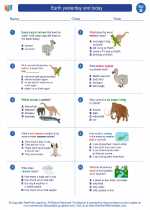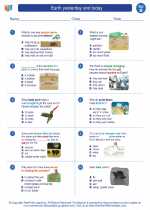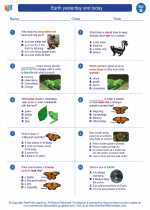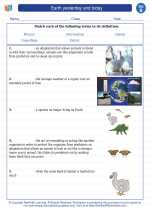Earth's Surface
The Earth's surface refers to the outermost layer of the Earth, including the land, water bodies, and the atmosphere. It is where all life exists and where many geological and biological processes take place.
Landforms
The Earth's surface is made up of various landforms, including mountains, hills, plateaus, plains, and valleys. These landforms are created through processes such as erosion, tectonic plate movement, and volcanic activity.
Water Bodies
The Earth's surface is also covered by water bodies, including oceans, seas, lakes, rivers, and streams. These water bodies play a crucial role in shaping the Earth's surface through erosion and weathering processes.
Atmosphere
Above the Earth's surface is the atmosphere, which consists of layers of gases that surround the planet. The atmosphere plays a vital role in regulating the Earth's temperature and weather patterns, affecting the surface of the Earth.
Study Guide
- What are the main components of the Earth's surface?
- How are landforms formed?
- What role do water bodies play in shaping the Earth's surface?
- How does the atmosphere impact the Earth's surface?
- What are some examples of landforms and water bodies?
Understanding the Earth's surface is important for understanding the processes that shape our planet and the environments in which we live. By studying the Earth's surface, we can gain insights into geological, ecological, and atmospheric processes that impact our daily lives.
.◂Science Worksheets and Study Guides Second Grade. Earth yesterday and today

 Worksheet/Answer key
Worksheet/Answer key
 Worksheet/Answer key
Worksheet/Answer key
 Worksheet/Answer key
Worksheet/Answer key
 Vocabulary/Answer key
Vocabulary/Answer key
